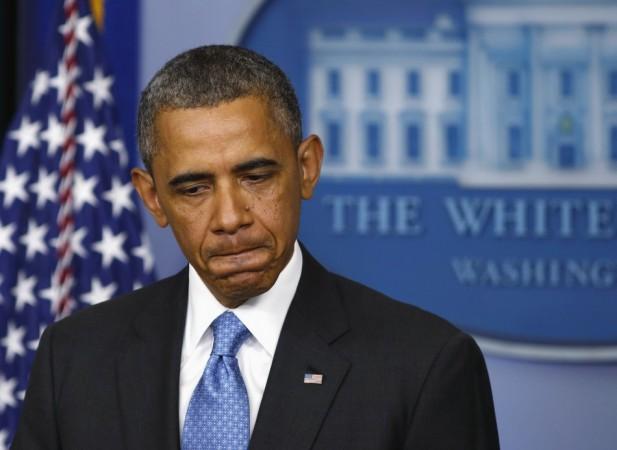
President Barack Obama has proposed the 2015 budget plan for NASA that includes robotic mission to Jupiter's ocean-bearing moon that can help astronauts travel to the International Space Station (ISS), Reuters reported NASA officials as saying.
A $17.5 billion budget has been planned by the White House for NASA in the financial year that begins on 1 October.
The 2015 budget shows one percent fall from NASA's 2014 budget. On the other hand, NASA could also make additional $900 million from the President's proposed Opportunity, Growth and Security Initiative, which is a $56 billion special project and separate from the proposed budget.
If the proposed plan gets approved, the space agency will have $1.1 billion in 2015 to help at least two companies develop commercial space taxis in order to fly astronauts to and from the space station.
Since the space shuttles were retired in 2011, the US is now completely dependent on Russia to fly astronauts to the space station, which cost them over $65 million a seat.
"We are continuing to monitor the situation. Right now, everything is normal in our relationship with the Russians," said NASA Administrator Charles Bolden.
At present, NASA is supporting space taxi designs by privately owned Space Exploration Technologies, Boeing Co and privately owned Sierra Nevada Corp.
The space agency wishes to choose at least two companies for the final round for the funding developments, as Obama wants to have the US options to allow astronauts to fly to the space station before 2017 end.
A $696 million is being funded to Commercial Crew program for the year 2014 that would end on 30 September. The 2015 proposed funding would add about $400 million to the program.
As per the new budget, $3.1 billion will be utilized by NASA to operate the space station and would provide $2.8 billion to continue Space Launch System heavy-lift rocket development and the Orion capsule for potential human missions to the moon, Mars and asteroids.
"We remain concerned and opposed to the annual effort to drain funds from our nation's exploration programs," the group said in a statement.
Science missions would share about $5 billion in 2015, including $15 million to start planning for a mid-2020s mission to Europa, frozen moon of Jupiter.
Scientists have strong evidence that the moon has a vast ocean beneath its ice-encrusted surface.
"It's one of those places where life might occur, in the past or now, and so we're really excited about going there," said Beth Robinson, NASA's Chief Financial Officer.
The proposed budget also keeps the James Webb Space Telescope program on track and would be launched in 2018. The budget also lets NASA start their planning for a new telescope in order to explore the 'dark energy', the mysterious force driving the universe at faster rates.

















